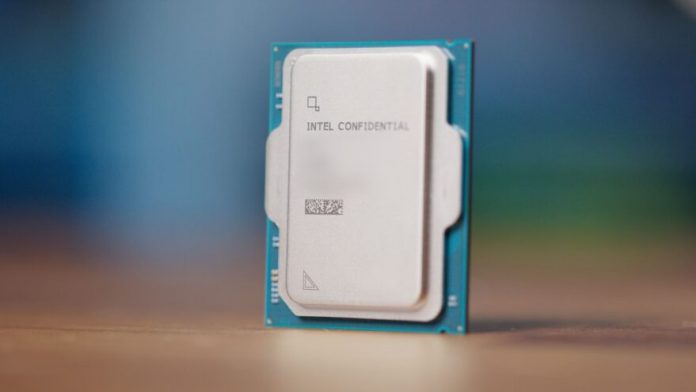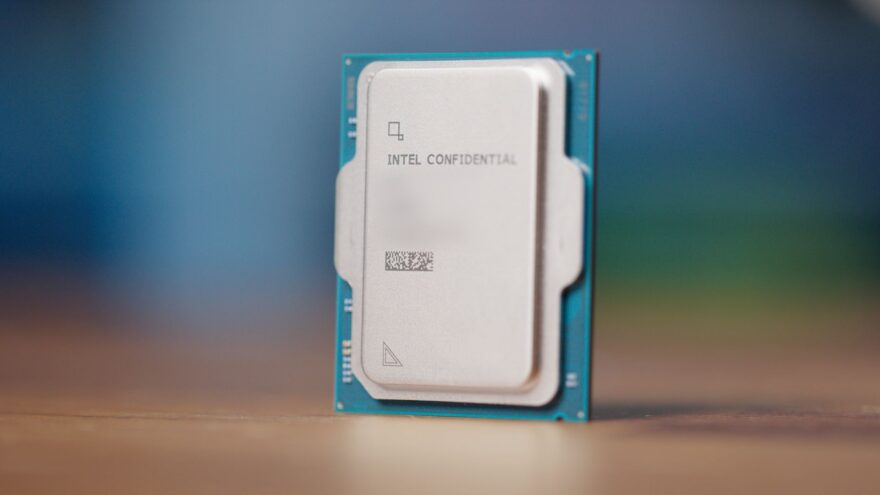
Checked our review of the Intel Core Ultra 5 and looking for something a little more potent? The Intel Core Ultra 7 265K is a high-performance processor that sits near the top of Intel’s new “Arrow Lake” lineup. It features a hybrid architecture with 8 Performance-cores and 12 Efficient-cores, it boasts a total of 20 cores and 20 threads, ready to tackle demanding workloads for gaming and content creation alike. With a boost clock speed reaching up to 5.5 GHz and a larger 30MB L3 cache compared to the Core Ultra 5, the 265K is geared towards enthusiasts and professionals who demand the best performance for gaming, content creation, and multitasking.
One of the key highlights of the Core Ultra 7 265K is its integrated Intel Arc Xe2 Graphics (64EU). This powerful iGPU represents a significant upgrade over previous generations. With new AI-enhancing features, faster memory support, and increased cache sizes, the Core Ultra 7 seems like a compelling choice for any high-end system, especially for those who don’t want to push their budgets higher for the flagship Core Ultra 9. Personally, I’ve always bought the i7 series, so the Core Ultra 7 is the one currently on my own radar for a system upgrade.
Of course, there are a few new CPUs launching in this series, with the lower specification Core Ultra 5, and the higher spec flagship Core Ultra 9. As I said, the Core Ultra 7 is a bit of a sweet spot, offering high-end thrills without the added rendering capabilities you get from the higher core counts of the Core Ultra 9.
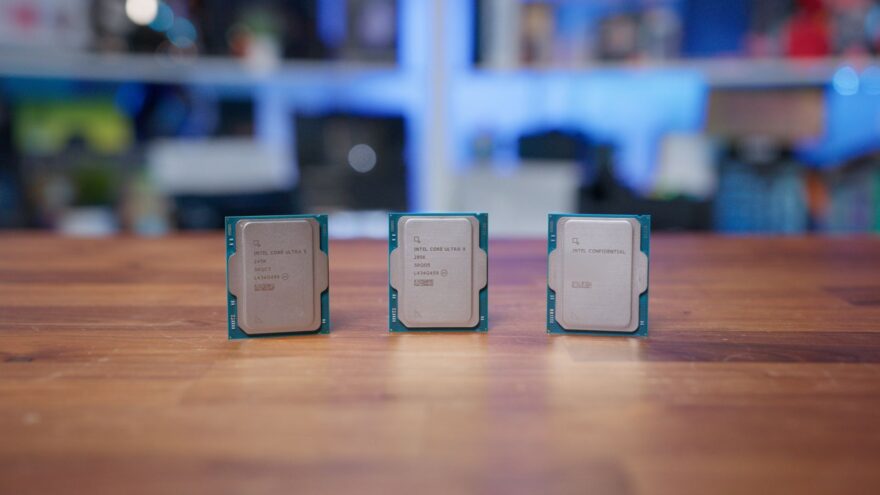
Specifications
- Cores and Threads: 16 cores (8 performance-cores + 8 efficient-cores) with 32 threads. More cores than the Ultra 5, but fewer than the Ultra 9.
- Cache: 30 MB Intel Smart Cache. Again, positioned between the Ultra 5 and 9.
- Clock Speed: Up to 5.50 GHz, falling between the other two CPUs.
- Power: 125W base power and 221W maximum turbo power. Its power consumption is closer to the Ultra 5.
- Graphics: Integrated Intel UHD Graphics with 4 Xe-cores. Consistent with the rest of the lineup.
- AI: Intel AI Boost, like the others.
- Memory: Supports up to 192 GB of DDR5 6400 MT/s memory. No difference here.
- Socket: Requires the FCLGA1851 socket.
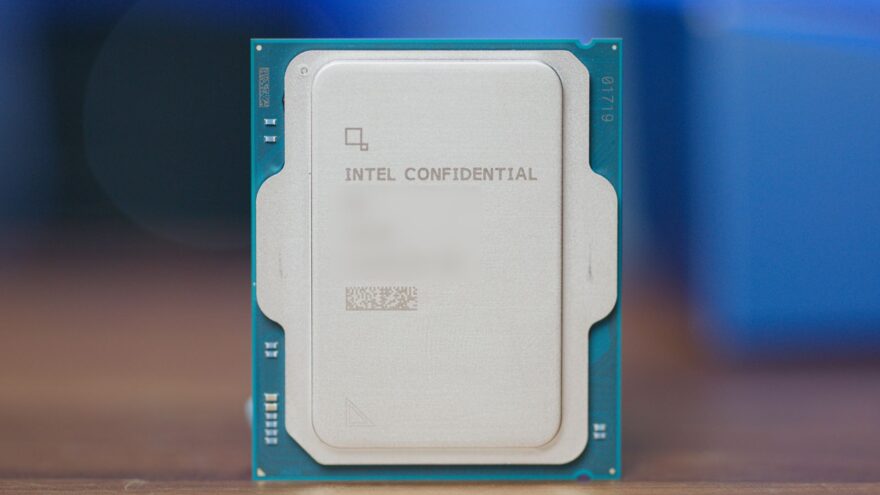
Intel Core Ultra Series
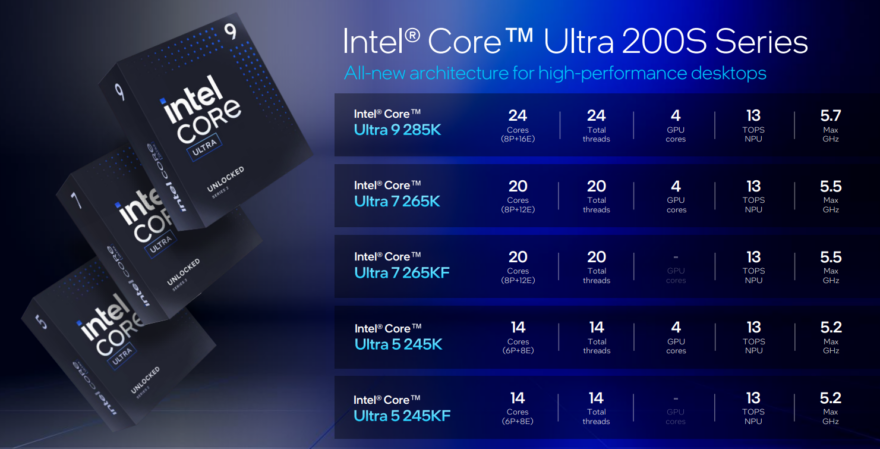
Intel’s Core Ultra CPUs are here at last, marking a big change in the Intel naming structure, albeit not a particularly slick one. These are technically the 15th Gen Intel Core CPUs, but they’re the first generation of the new Intel Core Ultra series! These processors codenamed “Arrow Lake-s” mark the debut of Intel’s new nomenclature, replacing the familiar “i” series with the “Ultra” branding. This change signifies more than just a name update; it reflects a fundamental change in architecture and focus, a new starting point for future generations of CPUs, with the first gen having a significant focus on thermal performance and power efficiency for Intel to build upon.
AI and Beyond
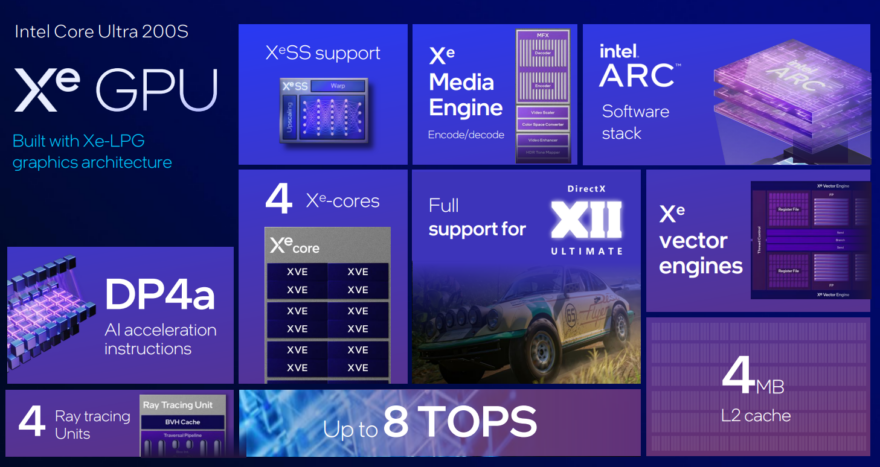
One of the most prominent features of the Core Ultra series is its emphasis on artificial intelligence (AI). These CPUs are the first to feature a dedicated Neural Processing Unit (NPU), a specialized hardware component designed to accelerate AI tasks. This allows for significant performance gains in AI-powered applications, ranging from content creation and gaming to productivity and security. Intel claims that the Core Ultra CPUs deliver up to 50% faster performance in AI-enabled creator applications compared to competing processors.
Power Consumption and TDP
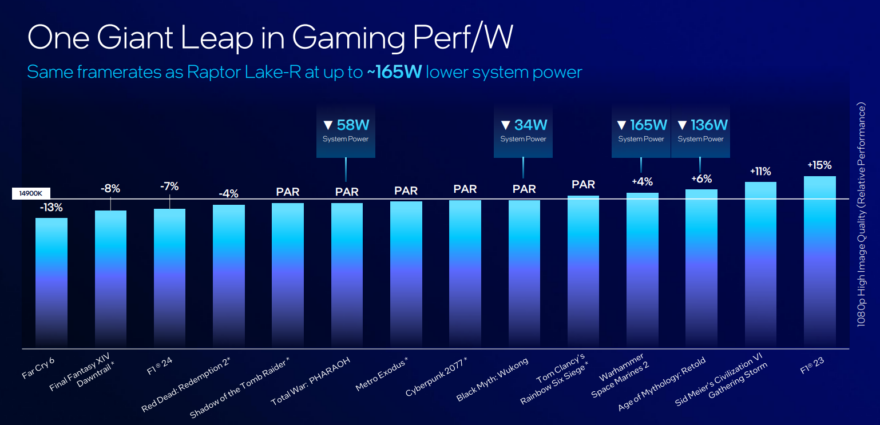
The new architecture features a hybrid design of performance cores (P-cores) and efficient cores (E-cores), similar to what we’ve seen on previous CPUs, which can deliver up to 14% faster multi-threaded performance compared to the previous generation. Additionally, Intel has achieved a 40% reduction in package power, which is great news, as the previous gens were notoriously power-hungry and had lofty cooling requirements. The Core Ultra series also introduces a new platform and socket (LGA1851), requiring users to upgrade their motherboards to accommodate these CPUs, which is why today we also have a series of new motherboard reviews for you to read.

